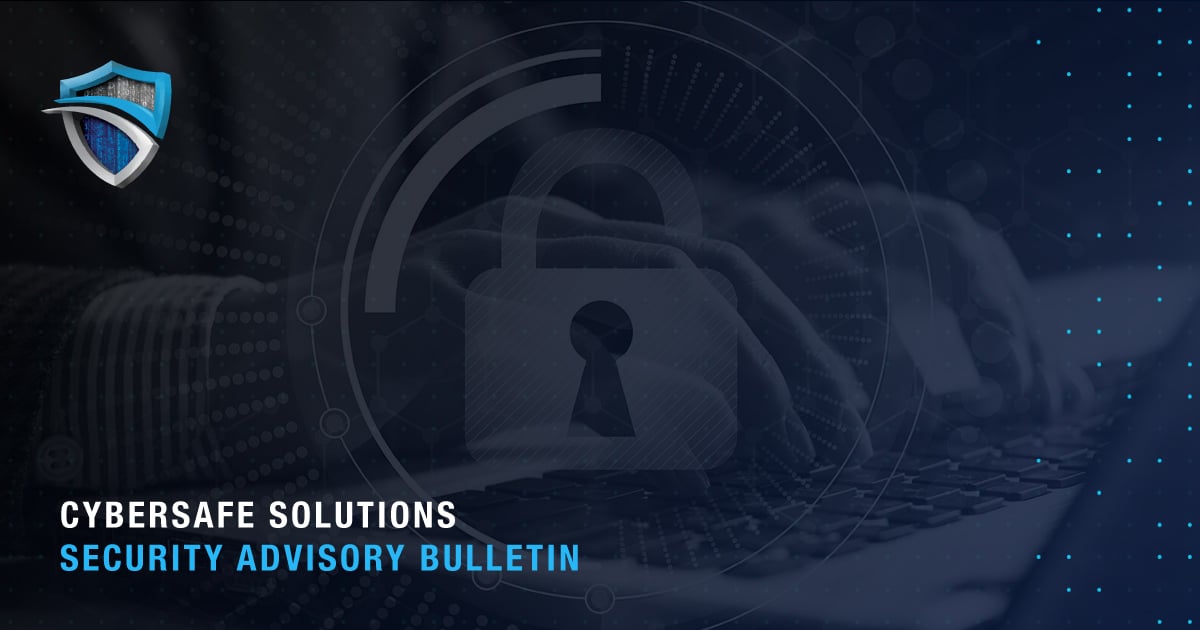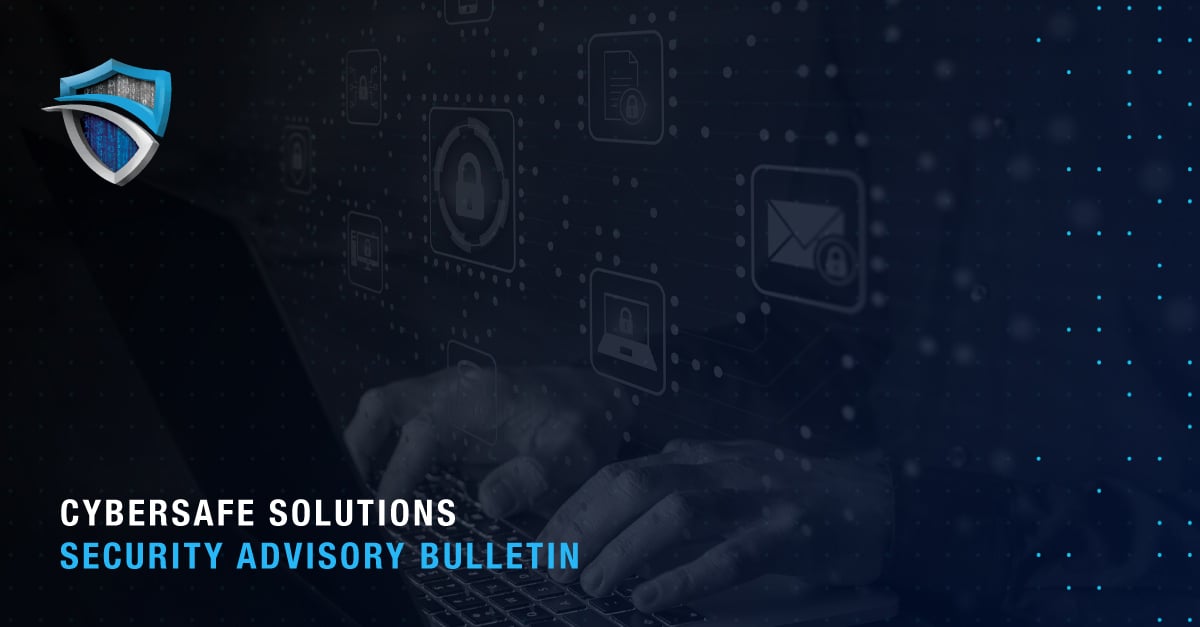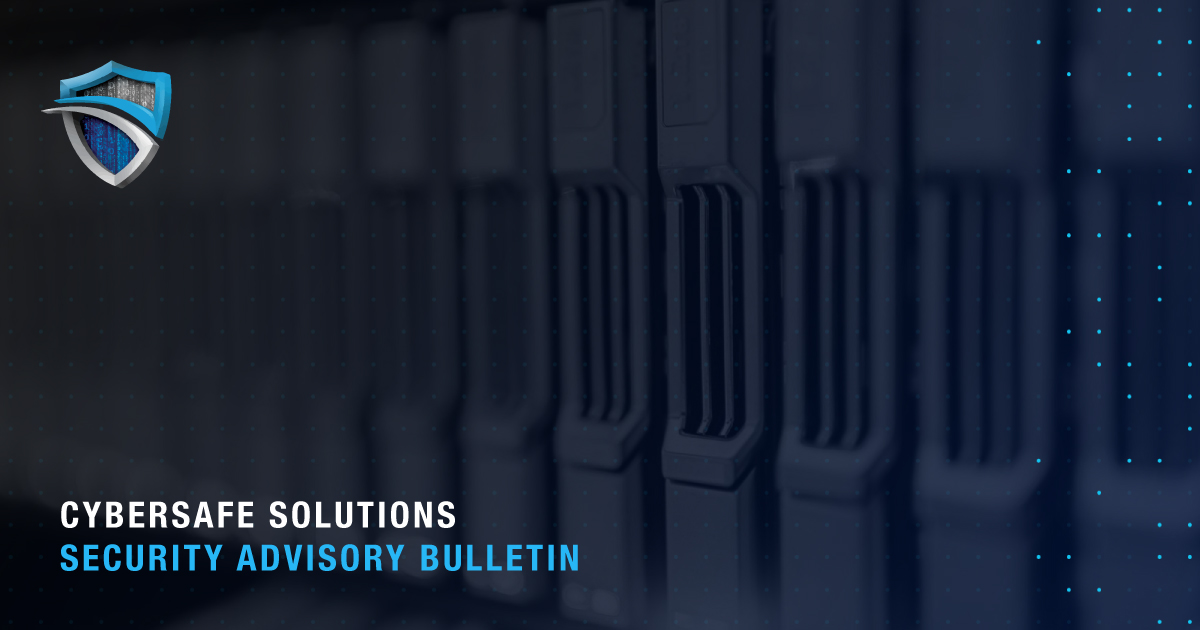In 2024, compliance is more than a mere checkbox—it’s a strategic imperative for robust cybersecurity. This post explores the dynamic compliance landscape and offers actionable insights for building resilient cybersecurity defenses.
The Shifting Regulatory Landscape
To effectively navigate the constantly evolving regulatory landscape, the importance of regular risk assessments and compliance audits cannot be overstated. These tools are crucial, providing real-time insights into an organization's risk profile and creating a roadmap for adapting swiftly to regulatory changes.
Maintaining Compliance
Regulatory bodies are intensifying their focus on third-party risk management as a critical element of cybersecurity compliance. This is due to the need to detect and mitigate threats 24/7/365. In this regard, the ability to quickly identify abnormal or malicious behavior has become a key indicator of best practice and compliance.
The Regulatory Focus on Third-Party Risk
Compliance requirements are now more stringent, compelling organizations to rigorously evaluate their external partners', suppliers', and service providers' security practices. Non-compliance in this area can lead to severe repercussions, placing third-party risk at the heart of regulatory attention. Current regulatory frameworks demand a thorough understanding of the security measures implemented by third parties, viewing them as integral to an organization's security. These regulations support cybersecurity best practices by requiring organizations to conduct detailed evaluations of their external entities' cybersecurity frameworks.
This includes examining data handling protocols, access controls, encryption methods, and incident response procedures, ensuring that third parties meet the same stringent security standards as the organization itself.
The Urgency of Threat Actor Detection
Regulatory bodies have recognized the urgency of addressing this evolving threat landscape and have consequently placed a premium on the speed at which organizations should identify and respond to threat actors.
The accelerated pace of cyber threats is driven by various factors, including the increasing sophistication of cybercriminals, the expanding attack surface resulting from the widespread adoption of digital technologies, and the interconnectivity of global businesses. As a result, regulatory frameworks are adapting to this new reality by explicitly outlining expectations for organizations to adopt real-time monitoring and response capabilities.
Regulations now recognize that traditional, reactive cybersecurity approaches are insufficient in safeguarding sensitive data and critical systems. Instead, there is a growing emphasis on proactive measures that involve continuous monitoring and rapid response mechanisms. This shift is reflected in regulatory requirements that underscore the critical role of timely threat identification in cybersecurity compliance.
Organizations are now expected to implement robust monitoring systems that can promptly detect and analyze abnormal activities, potential vulnerabilities, or signs of unauthorized access. This requires the deployment of advanced threat detection technologies, such as artificial intelligence and machine learning, to sift through vast amounts of data in real-time and identify patterns indicative of malicious behavior.
Balancing Act: Compliance and Cybersecurity
Successful organizations find a delicate equilibrium by aligning their compliance and security teams. Regular collaboration ensures a unified approach to compliance and cybersecurity objectives. For instance, involving compliance officers in cybersecurity planning helps identify and avoid potential regulatory issues.
Best Practice: Establish cross-functional teams with members from both compliance and security departments to foster a comprehensive and unified strategy.
Conclusion
The integration of compliance and cybersecurity extends beyond mere necessity—it serves as a strategic advantage that significantly bolsters an organization's overall resilience against the continually expanding landscape of cyber threats. Instead of perceiving compliance as a mere checkbox, organizations should regard it as a proactive shield, offering robust protection for both their valuable data assets and their reputation.
The synergy between compliance and cybersecurity, when pursued as a unified front, can yield benefits that surpass mere regulatory adherence. While meeting regulatory requirements is essential, strategically combining these two areas can substantially enhance an organization's security posture. Compliance should not be seen as a burdensome obligation, but rather as a foundational element of a comprehensive cybersecurity strategy.
Aligning compliance initiatives with broader cybersecurity objectives enables organizations to establish a holistic framework. This approach not only satisfies regulatory mandates but also bolsters their ability to anticipate, detect, and respond effectively to cyber threats. This integrated strategy acknowledges the dynamic nature of the cybersecurity landscape, recognizing that compliance alone may not suffice to protect against sophisticated and evolving threats.
At its core, the melding of compliance and cybersecurity is crucial in constructing a resilient, adaptive, and forward-thinking framework for organizations. It redefines the regulatory landscape from a set of restrictions to a strategic roadmap, positioning compliance as a catalyst for organizational growth and security in an increasingly complex and dynamic digital environment.





